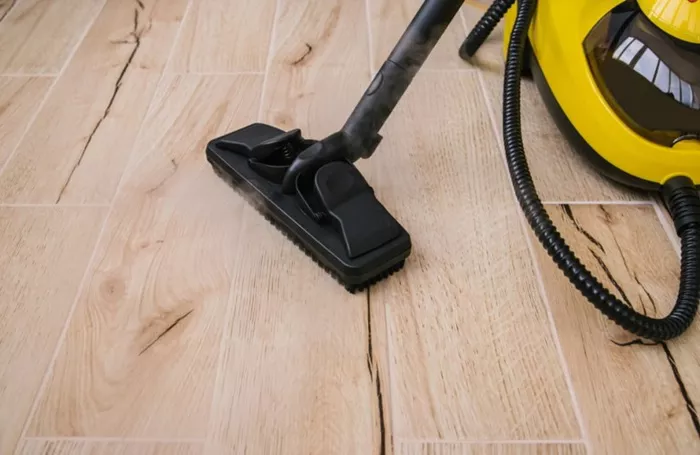Electric pressure washers have become a staple in both household and professional cleaning scenarios, prized for their ability to quickly and effectively clean a wide range of surfaces. But have you ever stopped to wonder how these powerful machines actually work? Understanding the inner workings of an electric pressure washer not only gives you a greater appreciation for its capabilities but also helps you use and maintain it more effectively.
Powering Up: The Electrical Connection
At the most basic level, an electric pressure washer gets its power from an electrical outlet. When you plug the washer into a standard household outlet (usually 120 volts in the United States for residential models, though some heavy – duty or commercial models may require 240 volts), electrical energy is transferred to the machine. This electrical power serves as the driving force for all the internal components of the pressure washer to function.
The power cord of the electric pressure washer is designed to be thick and durable to handle the electrical current required by the machine. It is also equipped with a grounding prong, which is an important safety feature. The grounding prong helps protect against electrical malfunctions by providing a safe path for electricity to flow in case of a short circuit, preventing the risk of electric shock to the user.
The Heart of the Operation: The Motor
Once the electrical power is connected, it reaches the motor of the pressure washer. The motor is the powerhouse of the machine. In an electric pressure washer, the motor is typically an induction motor. These motors are known for their reliability, efficiency, and relatively low cost.
The motor’s main function is to convert electrical energy into mechanical energy. It does this through the interaction of magnetic fields. When an electric current passes through the motor’s coils, it creates a magnetic field. This magnetic field interacts with the magnetic field of the motor’s rotor, causing the rotor to rotate. The rotational motion of the rotor is then transferred to other components within the pressure washer to perform the necessary tasks for generating high – pressure water.
The speed and torque of the motor are carefully calibrated to meet the demands of the pressure washer. A higher – powered motor can generate more torque, which is essential for driving the pump at a sufficient speed to produce the desired water pressure. Different models of electric pressure washers may have motors with varying power ratings, typically ranging from around 1.5 to 4 horsepower for household models, and even higher for professional – grade machines.
Pumping Up the Pressure: The High – Pressure Pump
Connected directly to the motor is the high – pressure pump, which is one of the most crucial components of an electric pressure washer. The pump’s job is to take in water from a source, such as a garden hose or a water tank, and increase its pressure significantly before sending it out through the nozzle.
Most electric pressure washers use a positive – displacement pump, specifically a plunger or piston pump. In a plunger pump, for example, there are one or more plungers that move back and forth within cylinders. As the plunger moves back, it creates a vacuum in the cylinder, which draws water into the pump through an inlet valve. When the plunger moves forward, it compresses the water in the cylinder, closing the inlet valve and forcing the water out through an outlet valve at a much higher pressure.
The pump is designed to handle the high pressures generated during operation. The materials used in its construction, such as the cylinder walls and the valves, are typically made of durable materials like brass or stainless steel to withstand the constant pressure and the abrasive nature of water. The pump also has a system of seals and gaskets to prevent water leakage, ensuring that all the water being pumped is directed towards the nozzle at the desired pressure.
Conclusion
In conclusion, electric pressure washers are remarkable devices that blend electrical, mechanical, and hydraulic principles to achieve powerful cleaning results. Starting with the transfer of electrical energy from a standard outlet, the motor serves as the catalyst, converting this electricity into mechanical rotation. This rotational force is then harnessed by the high – pressure pump, which significantly increases the water pressure, enabling it to blast away dirt and grime.
The water inlet and filtration system play a vital role in safeguarding the internal components, ensuring that only clean water enters the pump. The optional detergent injection system further enhances the cleaning capabilities, allowing for the removal of even the most stubborn contaminants. The nozzle, with its various spray patterns, provides the flexibility to adapt to different cleaning tasks, whether it’s a concentrated stream for tough stains or a wide – angle spray for larger, more delicate surfaces.
Related topics:
What Do I Need to Know Before Pressure Washing?

